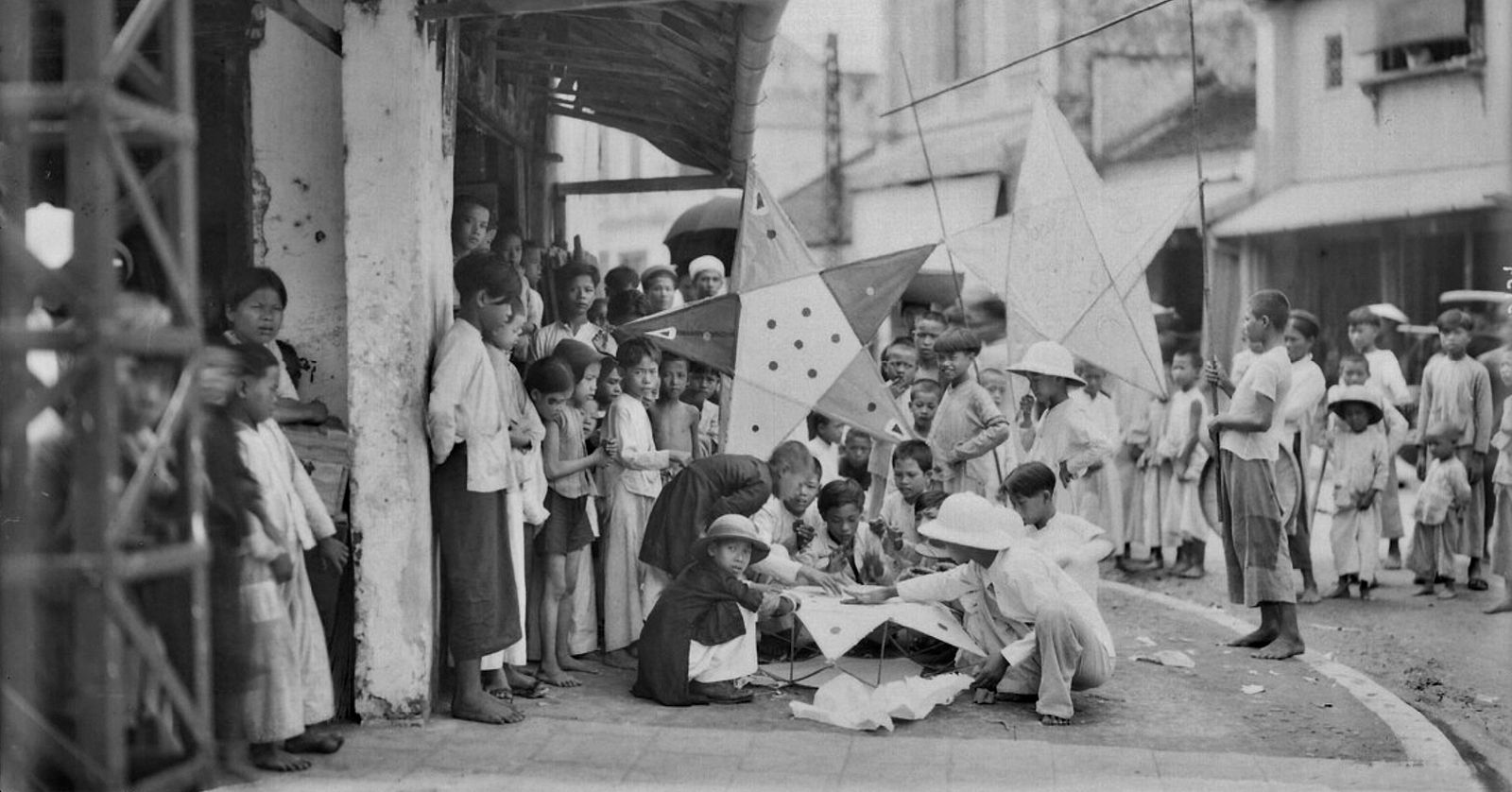Saigon has no shortage of eerie stories surrounding the city’s most famous “haunted” locations. Vietnam’s impressive leaps in wealth and modernization haven’t stopped local citizens from leaving a special corner in their daily lives for spiritualism, time-honored superstitions and, at times, chilling urban legends.
To commemorate this year’s Halloween season, let’s take a tour of five famous venues in Saigon that are widely used as settings for some of Saigon’s most macabre ghost stories.
These accounts are mostly based on hearsay, rumors and word-of-mouth chronicles compiled from a variety of sources, from loquacious xe ôm drivers to the most obscure corners of Vietnam’s cybersphere; therefore, Saigoneer will not be held responsible should you turn up at the Fine Arts Museum but can't summon the famous phantom of the crying girl.
The Ho Chi Minh City Fine Arts Museum

Photo by Alexander McMillan.
In today’s Saigon, this museum is one of the few colonial structures left that is in relatively decent condition. The ornate, elegant building located at 97 Pho Duc Chinh Street in District 1 used to be the homestead of Hui Bon Hoa, one of the richest men in 1920s Saigon.
Word on the street was that Hoa had many children, including many sons. However, his favorite was the couple’s only daughter, who was rarely seen by neighbors or passersby at the time. Unfortunately, the girl died when she was barely a teenager due to an aggressive illness. Grief-stricken, Hoa couldn’t bear to bury her, so he built a stone coffin and put her body inside. The room where she had lived became her mausoleum.
Rumors of ghostly encounters started brewing after her passing. A mechanic who worked for Hoa reported seeing a shadow levitating past corridors and windows on the top floor, where the girl's room was. According to neighbors, the ill-fated girl spent her last days on Earth locked up in the room.
A maid of the family reported seeing things on the one-year anniversary of her death. To mourn her passing, Hui Bon Hoa bought a white dress and a doll and asked the maid to put them on the daughter’s altar, along with a bowl of rice. The maid returned to the room later only to discover that the bowl of rice was half eaten and the girl – wearing the dress her father had picked out – was sitting on the coffin playing with her new toy.
The House of Fire on Ly Thai To Street

Photo by Brandon Coleman.
Neighbors living near the tube house at 24 Ly Thai To Street can still recall in vivid detail the fateful night in December 2001 when a horrifying inferno took the life of seven family members.
The fire started during the ungodly hours after midnight and quickly engulfed the house’s first floor, which doubled as the showroom of the family’s motorbike shop. People living nearby were woken up by the smell of burnt plastic tires. Like most tube houses in Saigon, the building was protected by two layers of metallic doors, thus the only way the family might have escaped was through the balcony.
Bystanders couldn’t forget the image of a terrified pregnant lady holding her toddler on the balcony above. She was the daughter of the owners. The upper floor wasn’t that high, so everybody urged her to throw the toddler for them to catch, but she couldn’t let go. Even when they found a mattress, for some reason, she was too unnerved to jump, and eventually didn’t come out again.
By the time the fire was extinguished in the morning, the old couple who owned the building had survived, as did one of their sons, who had been afflicted with a mental illness from a young age. The fire department’s investigation showed that he had started the fire that eventually killed seven people.
The tube house was abandoned for a long time due to rumors of the pregnant lady’s spirit lingering on the balcony.
Binh Hung Hoa Cemetery

Photo by Adam Young.
Before Saigon authorities established the Da Phuoc and Go Dua Cemeteries, two satellite funerary facilities with a crematorium, Binh Hung Hoa was the only place in the metropolis to bury the dead. Binh Hung Hoa is still Saigon’s largest graveyard, where scores of creepy ghost tales take place.
Among these urban legends, the most famous is perhaps the story of “The girl who sings cải lương”. The main protagonist of the tale is a 16-year-old girl who lived in Binh Chanh District. A music aficionado, the teenager was really into cải lương and eventually fell for a singer from a local theater. However, her father – a top-rung official – didn’t approve of their love due to the singer's lowly background and forced him to enroll in the army in hopes of separating them.
A few months passed by, and the girl was heart-broken to learn that her lover had died in the war. Angry at her father and destroyed by her lover's passing, she took her own life by jumping into the pond in the cemetery. Her corpse was found six days later.
Despite the drowning, her music-loving soul still lingers in the cemetery, as every full moon since then, locals have reported seeing her standing on the edge of the water belting out her favorite cải lương hits.
The 13-Story Tenement on Tran Hung Dao Street

Photo by Brandon Coleman.
Now a dilapidated building that’s in the process of being demolished, the apartment complex at 727 Tran Hung Dao Street in District 5 used to be an icon of Saigon’s newfound prosperity in the 1960s. Old Saigon real estate mogul Nguyen Tan Doi started developing the building in the 1960s as the President Hotel.

Photo via Mot The Gioi.
According to Doi’s blueprints, the hotel would feature 13 stories with 530 rooms of 20 square meters. Rumor has it that at the time, his French partner expressed reservations over constructing a hotel with 13 floors due to the superstitious implications surrounding the unlucky number.
Construction of the hotel was going swimmingly until the last floor, when progress was impeded by a series of mysterious worker deaths. Doi eventually had to stop everything to invite a famous Chinese medium to conduct a ceremony to appease the spirits.
The President Hotel was finally finished in the late 1960s. Locals living in Cho Lon at the time shared many ludicrous theories on how Doi finished the structure. Among these rumors, the darkest one involved the corpses of four young women.
According to the myth, the medium bought the unclaimed corpses of four virgins from local hospitals and buried them in the four corners of the hotel’s foundation. Their spirits stabilized the bad vibes of the hotel so that construction could continue.
Editor's note (October 31, 2018): The old apartment has been demolished earlier this year, we're sad to see it go and hope that the spirits frequenting its piss-stained, mold-infested rooms have moved on to a better place.
Nguyen Thi Minh Khai High School

Photo via Flickr user manhai.
Located on Dien Bien Phu Street in District 1, Nguyen Thi Minh Khai High School used to be an all-girl school. Built in 1922, the institution became well-known in Saigon by the name Gia Long High School for Girls in the 1950s.
Generations of students from the high school have told stories of a phantom in a purple áo dài under the shade of the banyan tree on campus. On nights with a full moon, sometimes students who stay late can see her wandering around the courtyard.















